The Madonnina di Tindari ‘chose’ to stop in the small town of the same name in the province of Messina. Here his feast day is celebrated every year on 7 and 8 September.
To understand the cult born around the Madonna of Tindari it is necessary to pause for a moment on the territory surrounding the small hamlet, part of the metropolitan city of Messina. Tindari was founded in the fourth century BC, in 396 BC by the will of Dionysius I of Syracuse to accommodate the Syracusan mercenaries who had fought in the war against Carthage. Its name derives from Tindar, king of Sparta, husband of Leda, who was fertilised by Zeus in the form of a swan, generated four children: Pollux and Elena, who would be the cause of the Trojan War, sons of Zeus, and Castor and Clitennestra, conceived with Tindar.
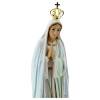
Tindari is located on a promontory overlooking the Tyrrhenian Sea, in a bay dotted with ponds that today make up the Laghetti di Marinello Oriented Nature Reserve. The particular shape of this area has played an important role in the birth of the cult of the Black Madonna, which today is housed in the Sanctuary of Tindari, built right on top of the promontory, to dominate the sea.
Here every year, on the occasion of the Feast of the Black Madonna thousands of faithful and curious people flock from all over Sicily, and beyond. It is certainly one of the places of pilgrimage that you should go at least once in your life.

5 places of pilgrimage to go to at least once in a lifetime
God’s action on this Earth leaves a strong mark that attracts us: here are five pilgrimages of faith to be made at least once in a lifetime.
History of Our Lady of Tindari
The cult of the Madonnina of Tindari is linked to the tradition of the Madonnas of the Sea, of which we have spoken in our article dedicated to Marian titles. In particular, in another article, we have told the legends about Saint Mary on the Sea venerated in Maiori and Santa Maria di Castellabate, in Salerno.
Even the veneration of the Madonnina di Tindari arises from a legend. A ship travelling from Byzantium had sought refuge from the storm in the bay of Tindari, sheltered between the ponds. When they left, however, the sailors realised that something was preventing them from returning to the sea. Convinced that it was the weight of the cargo they began to leave as much merchandise as possible on the beach to lighten the hold, but only when they also deposited the statue of the Madonna that they carried with them the ship was able to set off.

Marian Titles: what are they and how many are all the names dedicated to Mary
Marian Titles: all the appellations with which Mary, , is venerated.
Another legend tells of a mother who came to the Shrine to thank Our Lady for saving her sick child. Seeing her all black she said: Hàju vinutu di luntana via, ppi vidiri a una cchiù brutta di mia! “I came from far away, to see one uglier than me!” At that moment the child in her arms fell into the sea and the desperate woman ran to the beach at the foot of the promontory. Then the waves opened and allowed her to find the creature and rescue it. If you look at the shape of the coast from above, it resembles the shape of a woman holding a child in her arms.
As for the appearance of the Black Madonna of Tindari, it is black because it is carved in the cedar wood of Lebanon with a style typical of Byzantine and Eastern statues around the year 1000. The sculpture would have been taken away from the East, presumably Egypt, to escape iconoclastic persecution. For us accustomed to more harmonious sculptures, his elongated face may seem strange, as well as the headdress he wears, halfway between a crown and a turban.
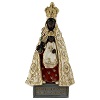
The Madonna Bruna is depicted as a Bassilissa, a Byzantine empress seated on a throne, and on the supporting throne are engraved the words Nigra Sum Sed Formosa, “I am black but I am beautiful”, taken from the Song of Songs. She holds baby Jesus in her arms and raises her right hand as a sign of blessing. She is known and worshipped as Matri ‘u Tinnaru and she is one of the oldest Marian cults in Sicily.
The Sanctuary of Tindari
The Basilica Santuario di Maria Santissima di Tindari was rebuilt in the 16th century on the remains of an ancient church destroyed by Arab pirates led by Khayr al-Din Barbarossa, corsair and admiral of the Ottoman fleet that put the Tyrrhenian coast of Sicily on fire in the mid-1500s. Here stood also and presumably an ancient fortress that dominated the promontory.

Saint Mary on the Sea: the Madonna found adrift on a beach
The devotion to Saint Mary on the Sea stems from a very suggestive legend. Discover how it is celebrated Santa Maria di Castellabate
After the Baroque reconstruction, the church was enlarged and renovated in the late 1800s. The original church of the Madonna of Tindari was incorporated into the Sanctuary, a bit like what happened in Assisi with the Porziuncola inside Santa Maria degli Angeli.
As we mentioned, every year on 7 and 8 September, the feast of the Black Madonna is held in Tindari, culminating with a solemn procession in which thousands of pilgrims from neighbouring municipalities participate. According to tradition, pilgrims climb on foot to the Shrine along the rugged Coda della Volpe path, which goes up the side of the mountainous coast. In addition to prayers and chants, the festival includes stalls, gastronomic events and folkloric traditions that combine the sacred dimension with the most picturesque of the locality.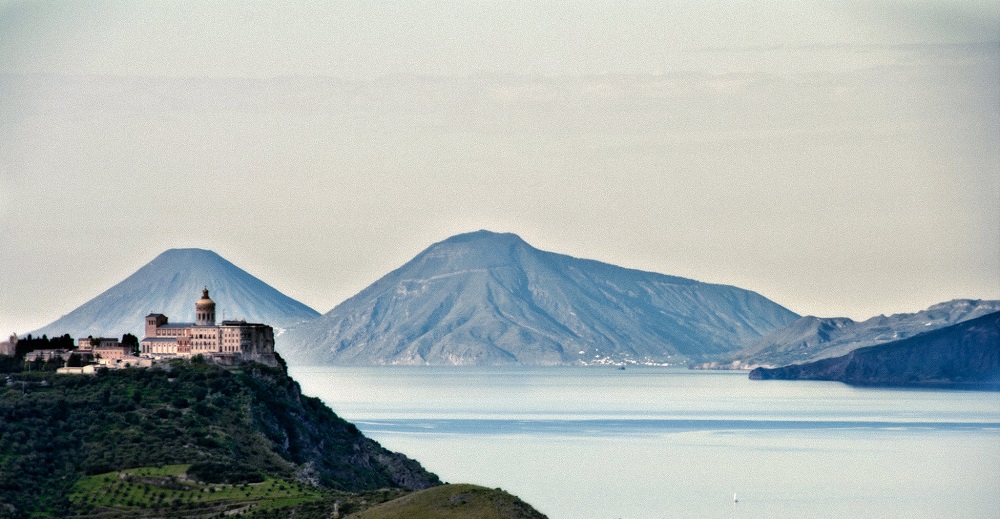


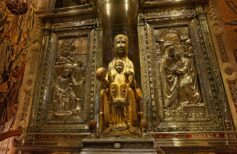
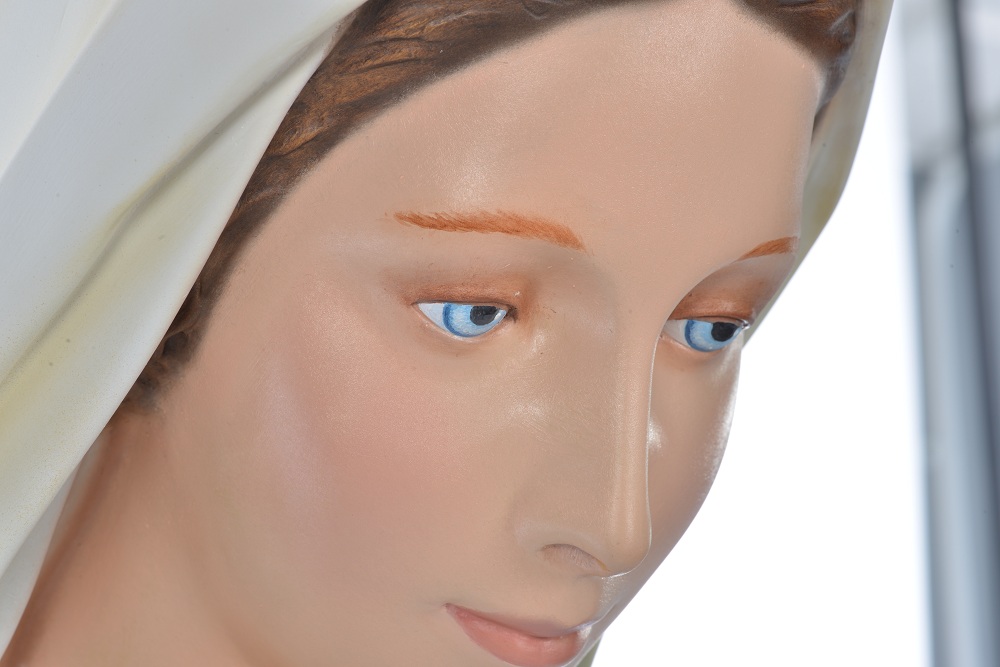
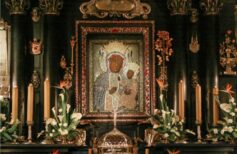
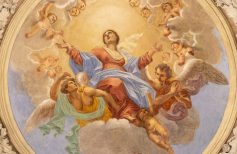
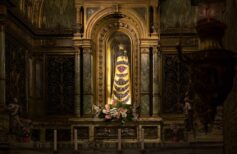
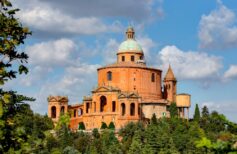
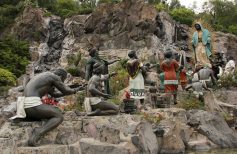
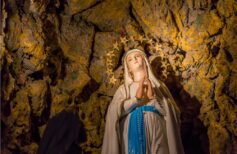
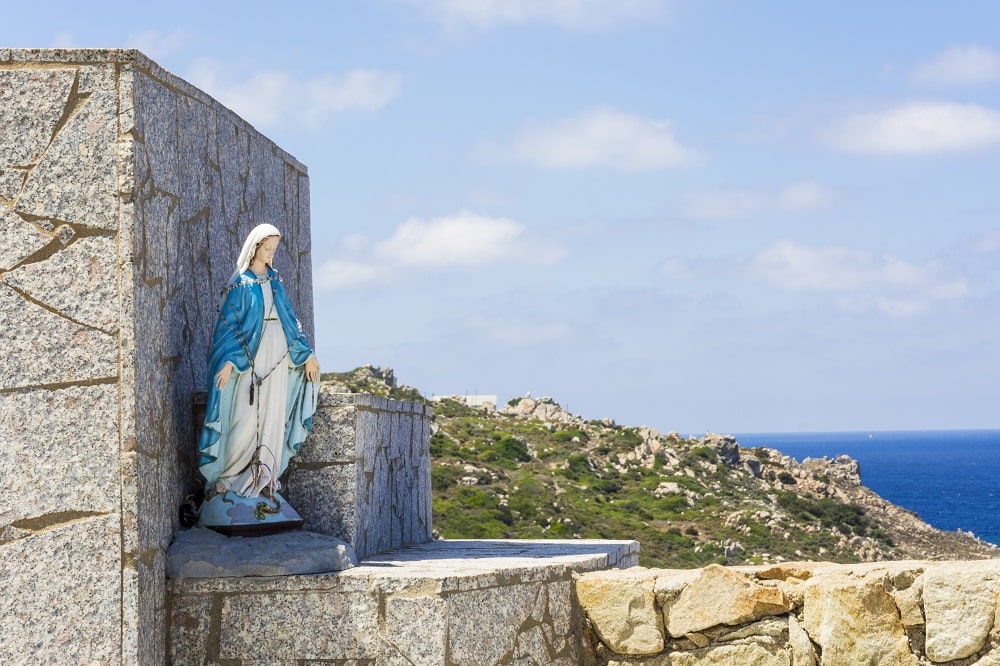








 19 March 2025
19 March 2025






